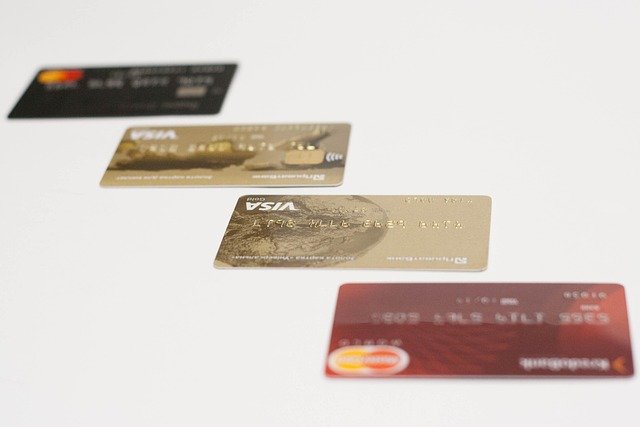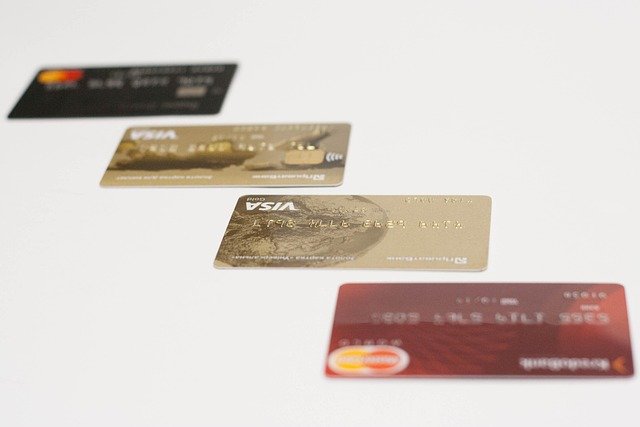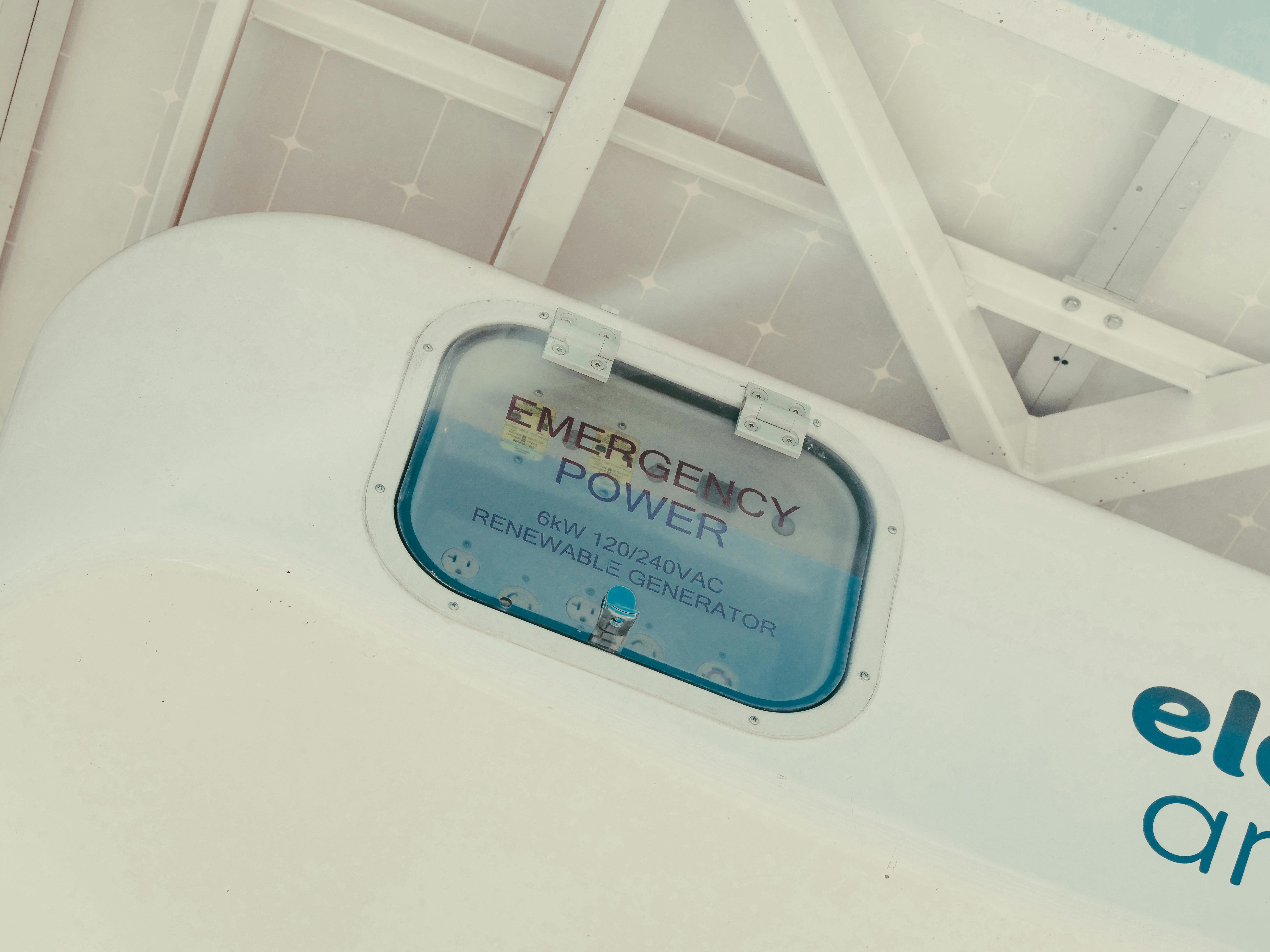How to get a $20k credit limit with bad credit
Struggling with bad credit but need a $20,000 credit limit? It might sound impossible, but there are strategies and options available. In this guide, we’ll explore how to navigate the system, leverage alternative lenders, and improve your chances of instant approval despite a low credit score.

What defines bad credit and how does it affect credit limits?
Bad credit typically refers to credit scores below 580 on the FICO scale. Lenders use credit scores to assess risk, and a low score often results in lower credit limits or outright rejections. Understanding your credit score is crucial when applying for credit cards or loans. Factors affecting your score include payment history, credit utilization, length of credit history, and types of credit accounts.
Which lenders are more likely to offer high limits to risky borrowers?
While major banks may be hesitant, some lenders specialize in high-risk borrowers. Credit unions, online lenders, and certain fintech companies often have more flexible criteria. These institutions may consider factors beyond credit scores, such as income stability or overall financial picture. Research and compare offerings from various lenders, focusing on those known for working with credit-challenged individuals.
How can you maximize your chances of approval for a high credit limit?
To improve your odds of securing a high credit limit:
-
Provide proof of stable, high income
-
Offer collateral or a security deposit
-
Demonstrate improved financial habits
-
Consider a co-signer with excellent credit
-
Apply for secured credit cards with high limits
Remember, lenders want to see that you can manage a high credit limit responsibly. Showing financial stability and improvement can significantly boost your chances of approval.
What are some alternatives to traditional credit cards for high limits?
For those struggling to obtain traditional credit cards with high limits, consider these alternatives:
-
Secured credit cards with high deposit limits
-
Personal lines of credit
-
Home equity lines of credit (if you own property)
-
Peer-to-peer lending platforms
-
Business credit cards (if you have a qualifying business)
These options may offer higher limits or more flexible approval criteria compared to traditional unsecured credit cards.
How do Swiss credit products differ from those in other countries?
In Switzerland, credit products often have unique features tailored to the local market. Swiss lenders typically offer lower interest rates compared to many other countries, reflecting the nation’s strong economy and financial stability. Credit cards in Switzerland may have higher annual fees but often come with more comprehensive insurance and travel benefits. Additionally, Swiss law places strict limits on consumer debt, which can affect credit limit offerings.
What are some real-world options for high-limit credit in Switzerland?
Here’s a comparison of some credit options available in Switzerland that may offer higher limits:
| Product/Service | Provider | Key Features | Cost Estimation |
|---|---|---|---|
| Cumulus-Mastercard | Cembra Money Bank | Cashback rewards, no annual fee | Interest rate from 9.9% |
| Flex Mastercard | Swisscard | Flexible repayment options | Annual fee from CHF 60 |
| Bonviva Credit Cards | Credit Suisse | Travel benefits, high limits for qualified customers | Annual fee from CHF 120 |
| World Mastercard Gold | UBS | Extensive travel insurance, concierge service | Annual fee from CHF 200 |
Prices, rates, or cost estimates mentioned in this article are based on the latest available information but may change over time. Independent research is advised before making financial decisions.
How can you maintain good financial practices after securing a high limit?
Once you’ve secured a high credit limit, it’s crucial to maintain responsible financial habits:
-
Keep your credit utilization low (under 30% of your limit)
-
Make all payments on time
-
Regularly monitor your credit report for errors
-
Avoid applying for multiple new credit lines in a short period
-
Create a budget to manage your spending effectively
By following these practices, you can improve your credit score over time, potentially qualifying for even better credit products in the future.
In conclusion, while obtaining a $20,000 credit limit with bad credit is challenging, it’s not impossible. By understanding your options, improving your financial profile, and considering alternatives to traditional credit cards, you can work towards achieving your credit goals. Remember that responsible credit use is key to maintaining and improving your financial health in the long run.




